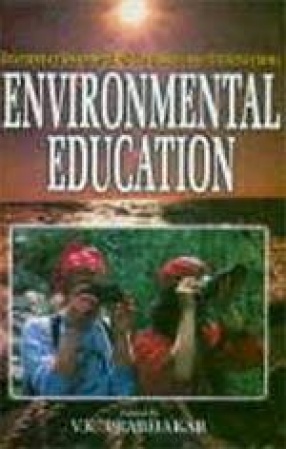
V.K. Prabhakar

56 books


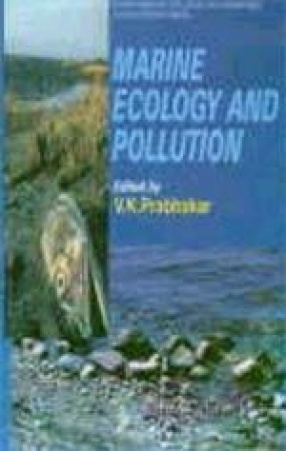
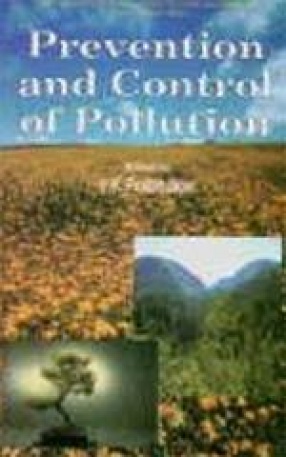
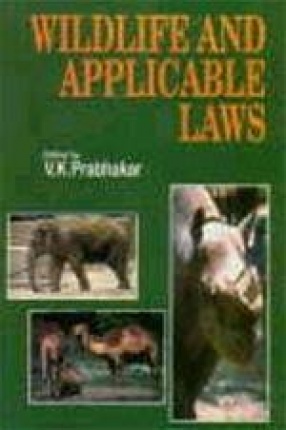

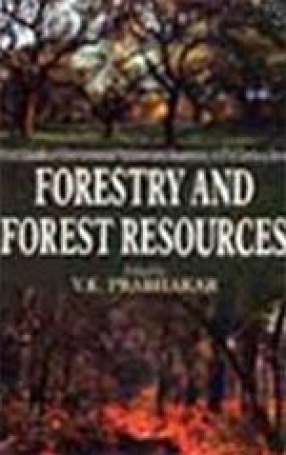
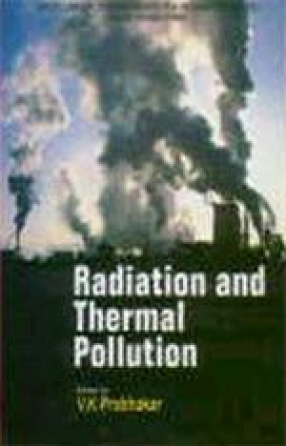
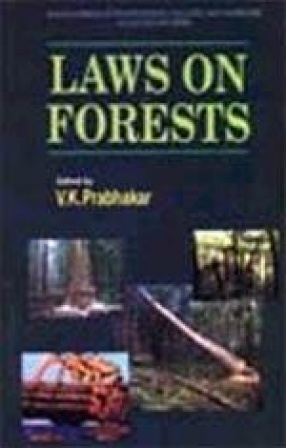


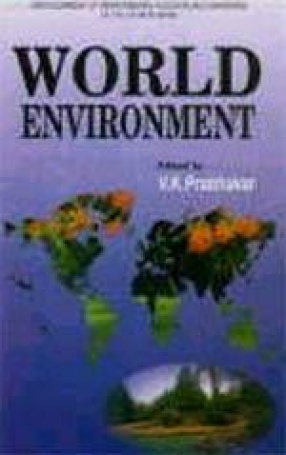
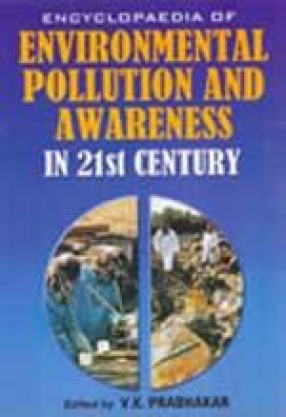
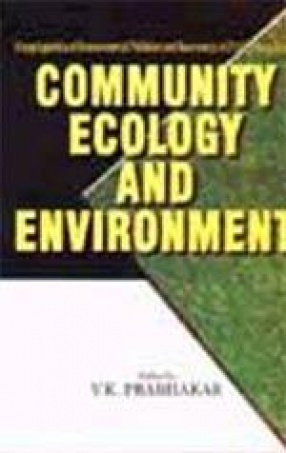
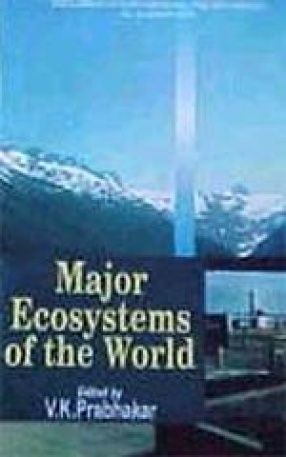
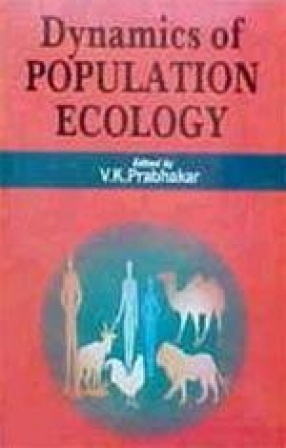
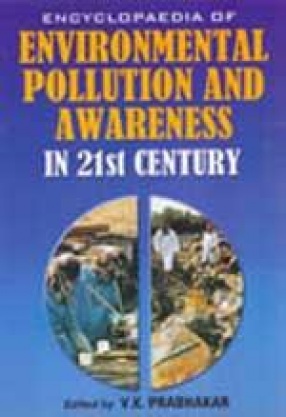
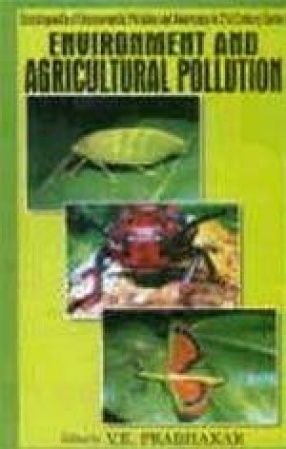
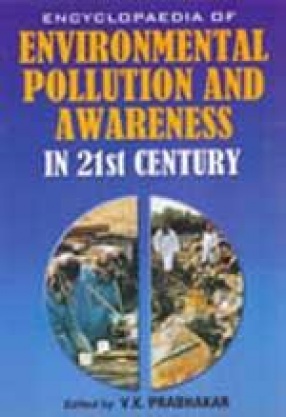
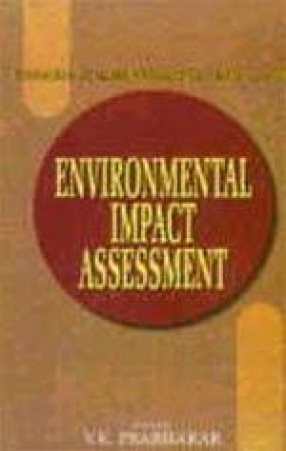
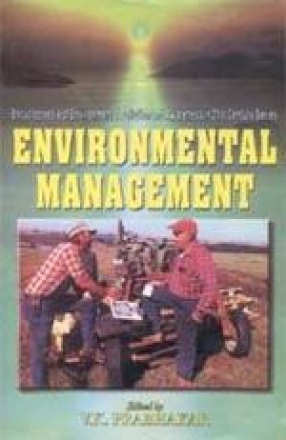

Environmental education is education through, about and for environment. Its scope is, therefore, very wide. It begins from using environment as a medium of learning, and includes all that Kalidasa, Wordsworth and others have said in appreciation of nature and also all that scientists and scholars have disclosed about our physical and social environment, and finally it includes all that we say and do for conserving our resources and for beautifying our ...

What is the carrying capacity of the earth for man? In other words, what are the limits of the life support capabilities of the earth in terms of human population? are the behaviourists’ concern. What are the tolerance levels of man to the pressures generated by his own societies? In other words, if man is his own worst enemy, does this lead to his self destruction? The impact of population on environment is competently assessed in this book.

Marine ecology is concerned with environmental factors and problems of organic adjustments quite different from those in fresh water. Strictly speaking marine pollution may also be of natural origin. For example, it may be caused by underwater gas and oil eruptions, or by the intensive growth and subsequent death of certain micro-organisms, which are responsible for the familiar disastrous red tides. Marine ecology and pollution can be studied under three ...

Prevention is better than cure goes the famous adage. How the grim state of pollution can be averted or controlled? What are the probable preventive methods for? This book attempts to answer many such queries.

Every species plays an important role in maintaining an ecological balance among the living systems of the earth. These systems must continue to function if life is to survive. Loss of any species threatens the survival of several species inclusive of man. Man’s own survival depends on his willingness and ability to cooperate with the living environment. Human beings turn to nature and wildlife for spiritual, psychological, physical and cultural benefits. ...

To control the pollution, first we have to classify the pollutants. There are two major types of pollutants: degradable and non-degradable while degradable pollutants include rapidly degradable and slowly degradable pollutants. The present work is devoted to study the basic principles and practices of pollution control. This will prove an ideal reference work to the users.

Forests play a very important role in the life and economy of the country. Forest vegetation and its accompanying soil organism make up as much as 90 per cent of the total biomass on land. Due to deforestation, the stability of many ecological sub-systems have been greatly disturbed. Forest cover in the catchment areas of the rivers, control soil erosion and recurrence of floods. Once the forest cover is damaged, severe soil erosion takes place disturbing the ...

Radiation is fatal for human cells. Similarly thermal pollution is also fatal for human body. The human body fails to sense ionizing radiation. It has been probably responsible for much of the general apprehension about this type of hazard. Reliance must be kept on detection devices which have been based on the physical or chemical effects of radiation. These effects include: ionizing in gases; ionization and excitation in certain solids; changes in chemical ...

Growing population pressure has always been a major cause of forest depletion. Forests are disappearing today not simply because human numbers are growing. Their disappearance can spell catastrophe for people now living and for future generations. If we want to avoid that catastrophe, we must understand why the forests are disappearing. Only in the light of that understanding can measures be devised and action taken to avert disaster.
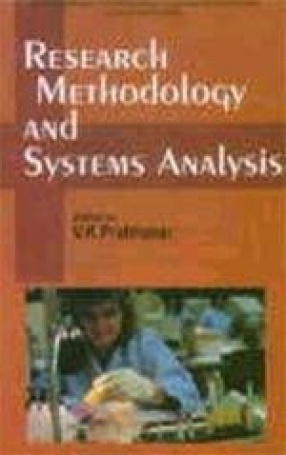
The purpose of research is to discover answers to questions through the application of scientific procedures. The main aim of research is to find out the truth which is hidden and which has not been discovered as yet. The basic types of research can be: descriptive vs. analytical; applied vs. fundamental; quantitative vs. qualitative; conceptual vs. empirical; and special. There are two basic approaches to research: quantitative, and qualitative. As is obvious ...

Unnecessary and unwise encroachment on nature, excessive exploitation of natural resources, scientific advancement and resultant refuge, fumigation and noise have totally polluted the entire environment on the earth. Greenhouse effect, ozone layer depletion, Bhopal gas tragedy, Minamata Bay incident, Chernobyl disaster and like many more incidents has alarmed the situation. The pollution state of various resources has deteriorated to such an extent that survival ...

In the field of biotechnology there is a seamless flow of basic research becoming directly applicable to humankind. Considering the enormous biodiversity and biological wealth in this country, basic research and modern biology, product oriented research for new generation of vaccines, diagnostics, recombinant products and other bioproducts specially the eco-friendly technologies would be the priority agenda for the next millennium. An integrated biotechnological ...

Today not only do all human activities, agricultural, transport or industrial, affect human perceptions of the environment but they also have their impact on the ecological system and the resource base. The four point focus of population, resources, development and environment gives rise to a complexity of relationships which both the development planner and the environmental manger has to take into account. Man likes, at least occasionally, to live in forest, ...

Unnecessary and unwise encroachment on nature, excessive exploitation of natural resources, scientific advancement and resultant refuge, fumigation and noise have totally polluted the entire environment on the earth. Greenhouse effect, ozone layer depletion, Bhopal gas tragedy, Minamata Bay incident, Chernobyl disaster and like many more incidents has alarmed the situation. The pollution state of various resources has deteriorated to such an extent that survival ...

Ecology is the study of the interrelationships within ecosystems. The environment devoted crop plants is the agroecosystem, where both animals and plants in the area are directly or indirectly influenced by each other. Ecosystems are not closed systems because there is always an interflow of matter and energy between adjacent ecosystems. The principle of the ecosystem has also brought forth very clearly that the ‘whole’ is ...
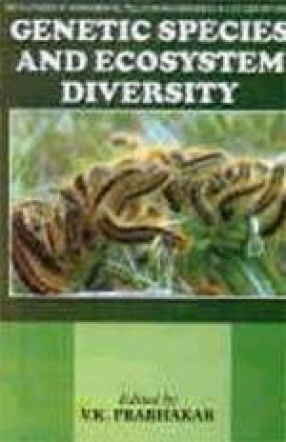
Ecologists have been observing and documenting that most, if not all, ecosystems are not in balance. But why should scientists be concerned with whether an ecosystem is in equilibrium? The answer to this question is crucial for understanding biodiversity. In the process of gene mutation, all heritable diversity ultimately arises at the molecular level. Gene mutations are chemical changes that take place in the composition of the DNA molecule. According to modern ...
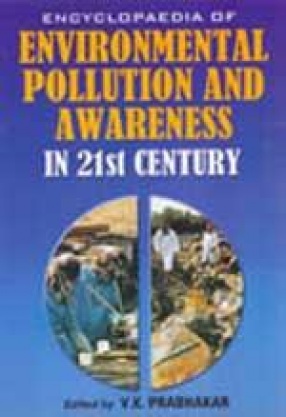
Unnecessary and unwise encroachment on nature, excessive exploitation of natural resources, scientific advancement and resultant refuge, fumigation and noise have totally polluted the entire environment on the earth. Greenhouse effect, ozone layer depletion, Bhopal gas tragedy, Minamata Bay incident, Chernobyl disaster and like many more incidents has alarmed the situation. The pollution state of various resources has deteriorated to such an extent that survival ...

In the broadest sense, there are two types of ecosystems—aquatic and terrestrial. We can distinguish freshwater, estuarine and marine aquatic ecosystems and several major types of ecosystems such as grassland, forest and desert. Although these all ecosystems have a more or less similar fundamental plan of their gross structure and function, they differ in respect of their species composition and rates of composition. This book encompasses a number of vital ...

Population processes—births, deaths, and movements of individuals—express the varied interactions of organisms with their environments. Evolution by natural selection and the regulation of community structure and ecosystem function transcend the individual organism and can be comprehended only in terms of the dynamics of populations. For many purposes one may determine average birth and death rates for small samples of individuals and multiply them by the ...

Tantrism, both traditional and Buddhist, with its vast literature containing intricate ritualistic and philosophical details occupies an important place in the religious and cultural life of India and some Asian countries. The subject, however, still appears to be an enigma, notwithstanding numerous works in this field. This volume contains informative and analytical papers by eminent scholars on different aspects of Tantric Buddhism and Tantras in general. The ...

Agricultural operations / activities also cause environmental pollution. Manure and other wastes from farms and poultry houses, slaughter house wastes; fertilizers run off from cropland; harvest wastes; pesticides escaped in the atmosphere or into the water supply; and salt and silt etc. cause mainly air, soil and water pollution. Major topics related to the subject are compiled and presented here in this book. The information contained herein will equip the ...

Unnecessary and unwise encroachment on nature, excessive exploitation of natural resources, scientific advancement and resultant refuge, fumigation and noise have totally polluted the entire environment on the earth. Greenhouse effect, ozone layer depletion, Bhopal gas tragedy, Minamata Bay incident, Chernobyl disaster and like many more incidents has alarmed the situation. The pollution state of various resources has deteriorated to such an extent that survival ...

Impact assessment is a concept that evolved in the search for ways to render development and protection of the environment compatible in the complex and interdependent world of today. The speed, scale and character of contemporary technological and economic development, which has permitted material standards of living to reach high levels has also led to unforeseen effects on the very environmental assets that constitute the basis for sustained socio-economic ...

Environmental management is a challenging task. The common process of environmental planning and management, which must be practiced to a greater extent in the future might constitute a new "playing-field" for many. For those traditionally involved in these types of planning processes, it might turn out to be an identification problem. For the new actors, it may instead be a problem of uncertainty as to extent of needed skills. Everybody in a ...
